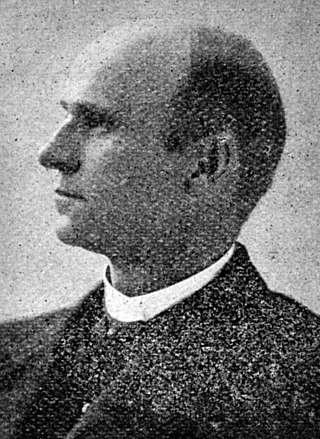
Edgar Wilson "Bill" Nye was an American humorist. He was also the founder and editor of the Laramie Boomerang.
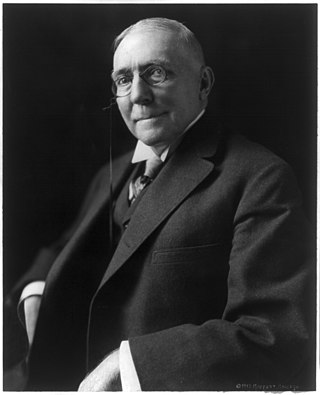
James Whitcomb Riley was an American writer, poet, and best-selling author. During his lifetime he was known as the "Hoosier Poet" and "Children's Poet" for his dialect works and his children's poetry. His poems tend to be humorous or sentimental. Of the approximately 1,000 poems Riley wrote, the majority are in dialect. His famous works include "Little Orphant Annie" and "The Raggedy Man".
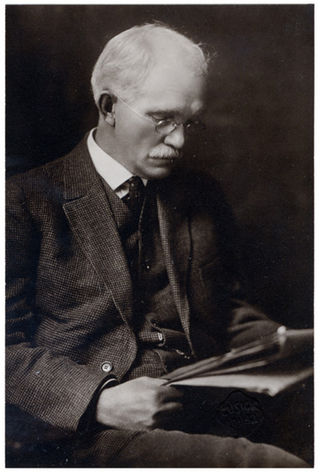
Young Ewing Allison (1853–1932) was an American writer and newspaper editor.
Nationality words link to articles with information on the nation's poetry or literature.
Richard Buckner Gruelle was an American Impressionist painter, illustrator, and author, who is best known as one of the five Hoosier Group artists. Gruelle's masterwork is The Canal—Morning Effect (1894), a painting of the Indianapolis, Indiana skyline, but he is also known for his watercolors and marine landscapes of the Gloucester, Massachusetts, area. In 1891 Indiana poet James Whitcomb Riley commissioned Gruelle to illustrate two of his more notable poems, "When the Frost is on the Punkin'" and "The Old Swimmin' Hole," which were published in Neighborly Poems (1891). Gruelle is also the author of Notes, Critical and Biographical: Collection of W. T. Walters (1895), which provides a detailed description of Baltimore industrialist William Thompson Walters's extensive art collection.

The James Whitcomb Riley Museum Home, one of two homes known as the James Whitcomb Riley House on the National Register of Historic Places, is a historic building in the Lockerbie Square Historic District of Indianapolis, Indiana. It was named a National Historic Landmark in 1962 for its association with poet James Whitcomb Riley (1849-1916), known as the "Hoosier poet".

The Riley Birthplace and Museum, one of two homes called the James Whitcomb Riley House on the National Register of Historic Places, is located at 250 West Main Street in Greenfield, Indiana, twenty miles (32 km) east of downtown Indianapolis.
"Shortnin' Bread" is an American folk song dating back at least to 1900, when James Whitcomb Riley published it as a poem. While there is speculation that Riley may have based his poem on an earlier African-American plantation song, no definitive evidence of such an origin has yet been uncovered. A "collected" version of the song was published by E. C. Perrow in 1915. It is song number 4209 in the Roud Folk Song Index.

"Little Orphant Annie" is an 1885 poem written by James Whitcomb Riley and published by the Bobbs-Merrill Company. First titled "The Elf Child", the name was changed by Riley to "Little Orphant Allie" at its third printing; however, a typesetting error during printing renamed the poem to its current form. Known as the "Hoosier poet", Riley wrote the rhymes in 19th-century Hoosier dialect. As one of his most well known poems, it served as the inspiration for the comic strip Little Orphan Annie, which itself inspired a Broadway musical, several films, and many radio and television programs.

Charles Mark Relyea was an American illustrator whose work appeared in magazines and popular novels in the late 19th and early 20th centuries.

John William Vawter, from Greenfield, Indiana, was an American landscape artist and illustrator known for his broad strokes and loose Impressionist style.
The Old Swimmin' Hole may refer to:

The Old Swimmin' Hole is a 1940 American drama film directed by Robert F. McGowan.

The James Whitcomb Riley was a passenger train that operated between Chicago, Illinois, and Cincinnati, Ohio, via Indianapolis, Indiana. Originally operated by the New York Central Railroad, it was taken over by Amtrak in 1971. Under Amtrak, it merged with the Chesapeake & Ohio Railway's George Washington to become a Chicago-Washington/Newport News train. In 1977, it was renamed the Cardinal, which remains in operation.
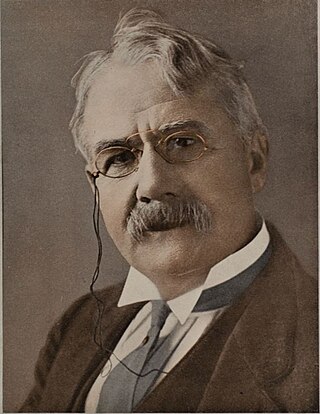
Frank Lebby Stanton, frequently credited as Frank L. Stanton, Frank Stanton or F. L. Stanton, was an American lyricist.
The Raggedy Man is a poem written by James Whitcomb Riley and first published in 1888. The poem was the inspiration for the Raggedy Ann doll, and two films of the same name. The poem is one of Riley's most famous works. It was inspired by a German tramp employed by Riley's father during his youth.

Little Orphant Annie is a 1918 American silent drama film directed by Colin Campbell and stars Colleen Moore, in her first leading role, as the title character. The film is based on James Whitcomb Riley's popular 1885 poem of the same title. Riley also appears in the film.
"Do They Miss Me at Home?" is a song composed by S. M. Grannis with lyrics by Caroline Atherton Mason. The song was published in 1852 and enjoyed great popularity upon its publication. It was later popular among soldiers during the American Civil War.

The Old Swimmin' Hole is a 1921 American silent comedy film directed by Joe De Grasse based on the poem The Old Swimmin' Hole by James Whitcomb Riley. A reviewer for Exhibitors Herald summarized, "The theme of the picture is a light one—just the pleasant little love story of a country schoolboy and girl in the era of the youth of Tom Sawyer."
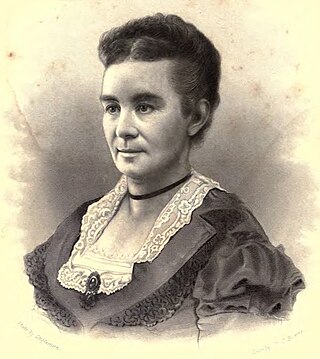
Dulcina Minerva Mason Jordan was an American poet and journalist.














